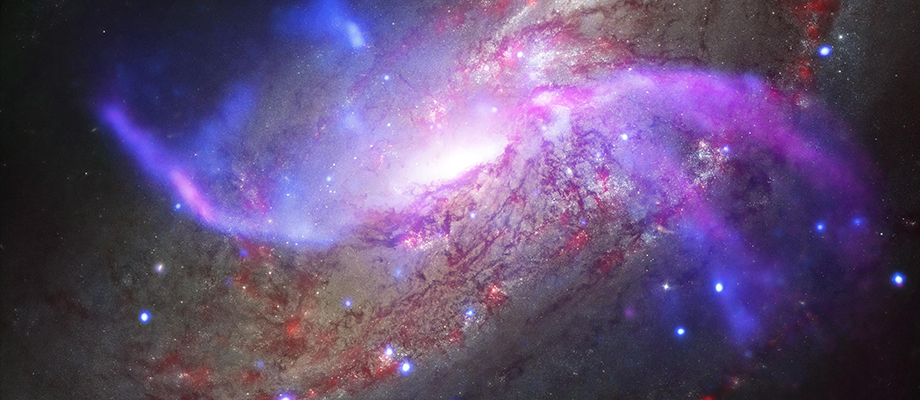
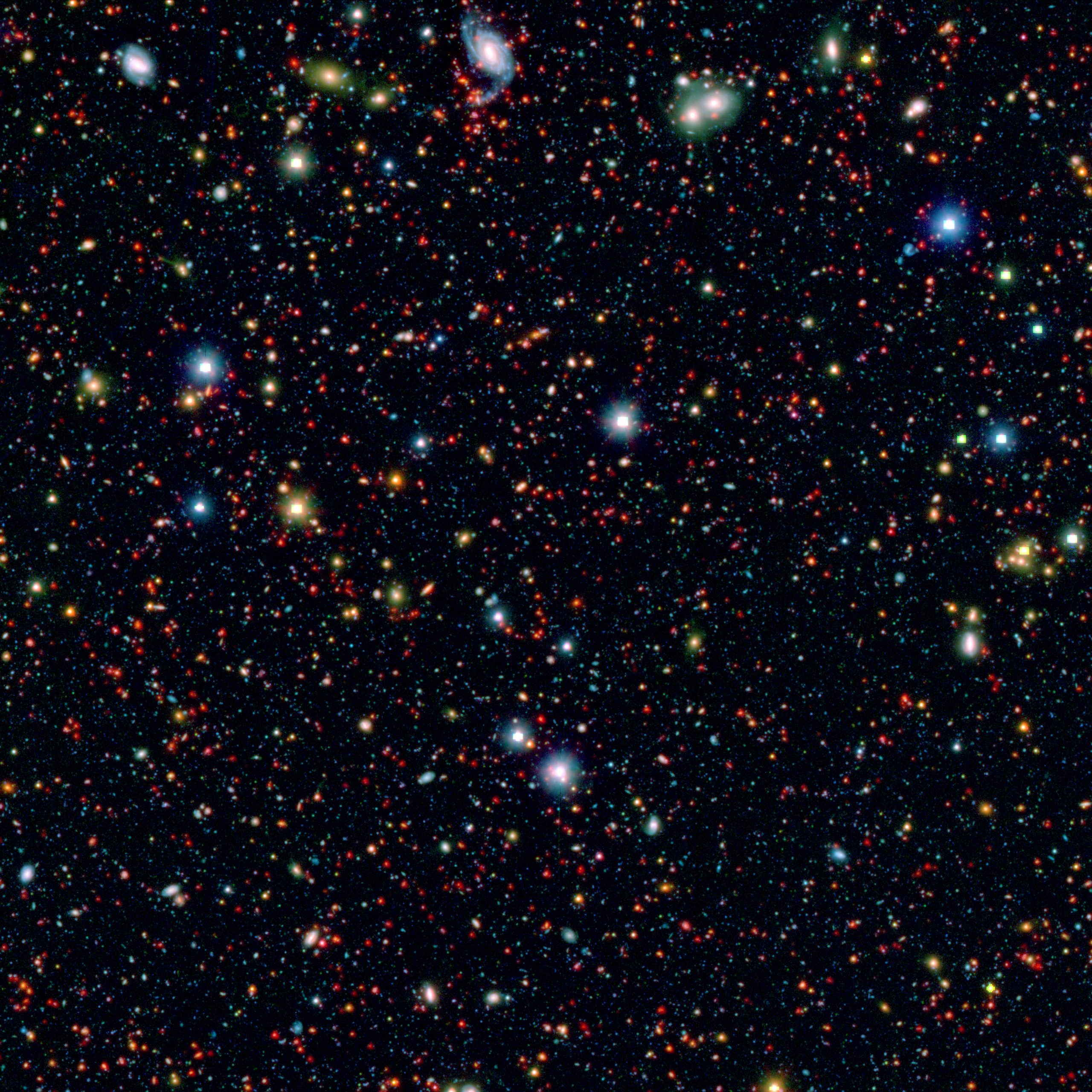
Millions of galaxies populate the patch of sky known as the COSMOS field, short for Cosmic Evolution Survey, a portion of which is shown here. Even the smallest dots in this image are galaxies, some up to 12 billion light-years away.
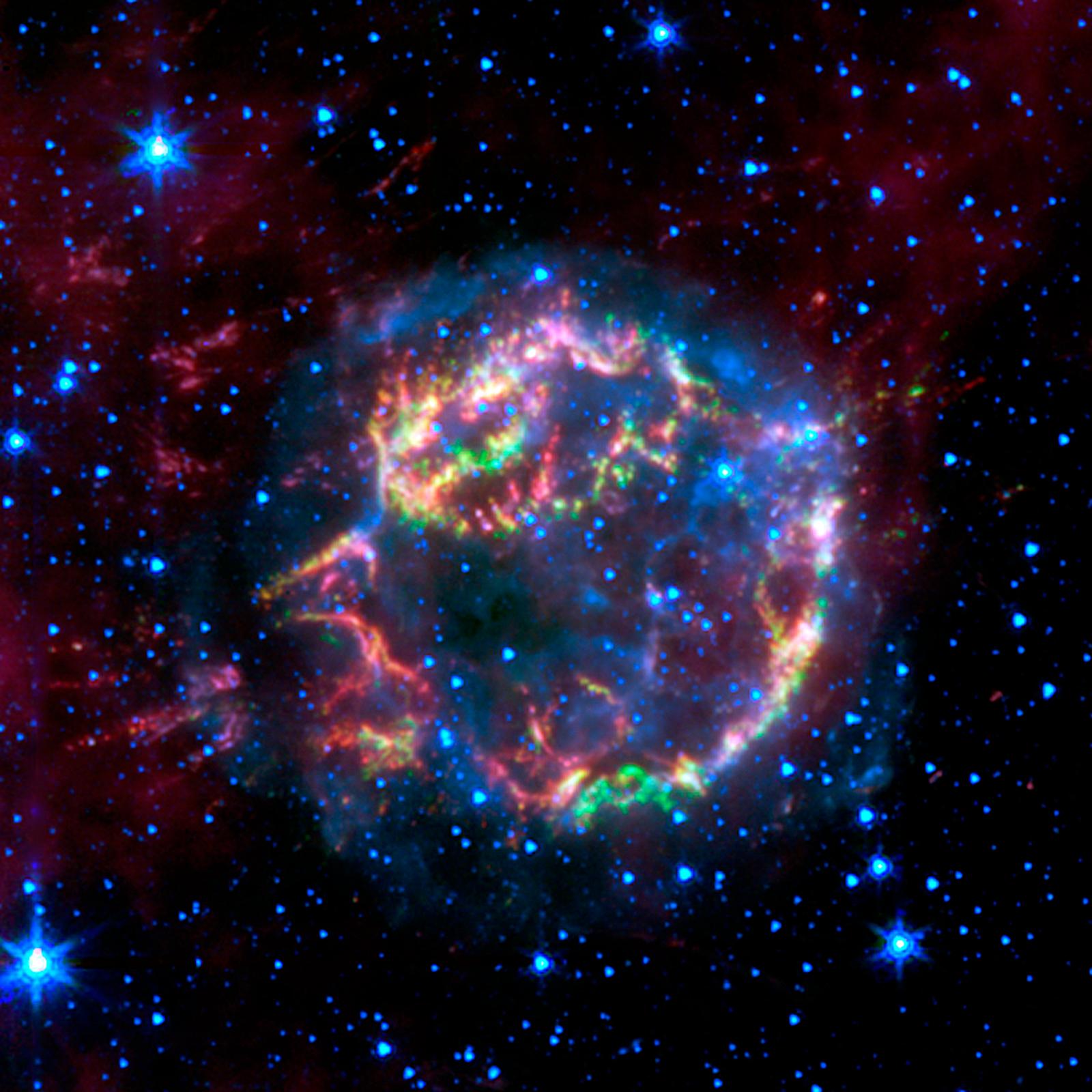
This image from NASA’s Spitzer Space Telescope shows the scattered remains of an exploded star named Cassiopeia A. Spitzer’s infrared detectors ‘picked’ through these remains and found that much of the star’s original layering had been preserved.
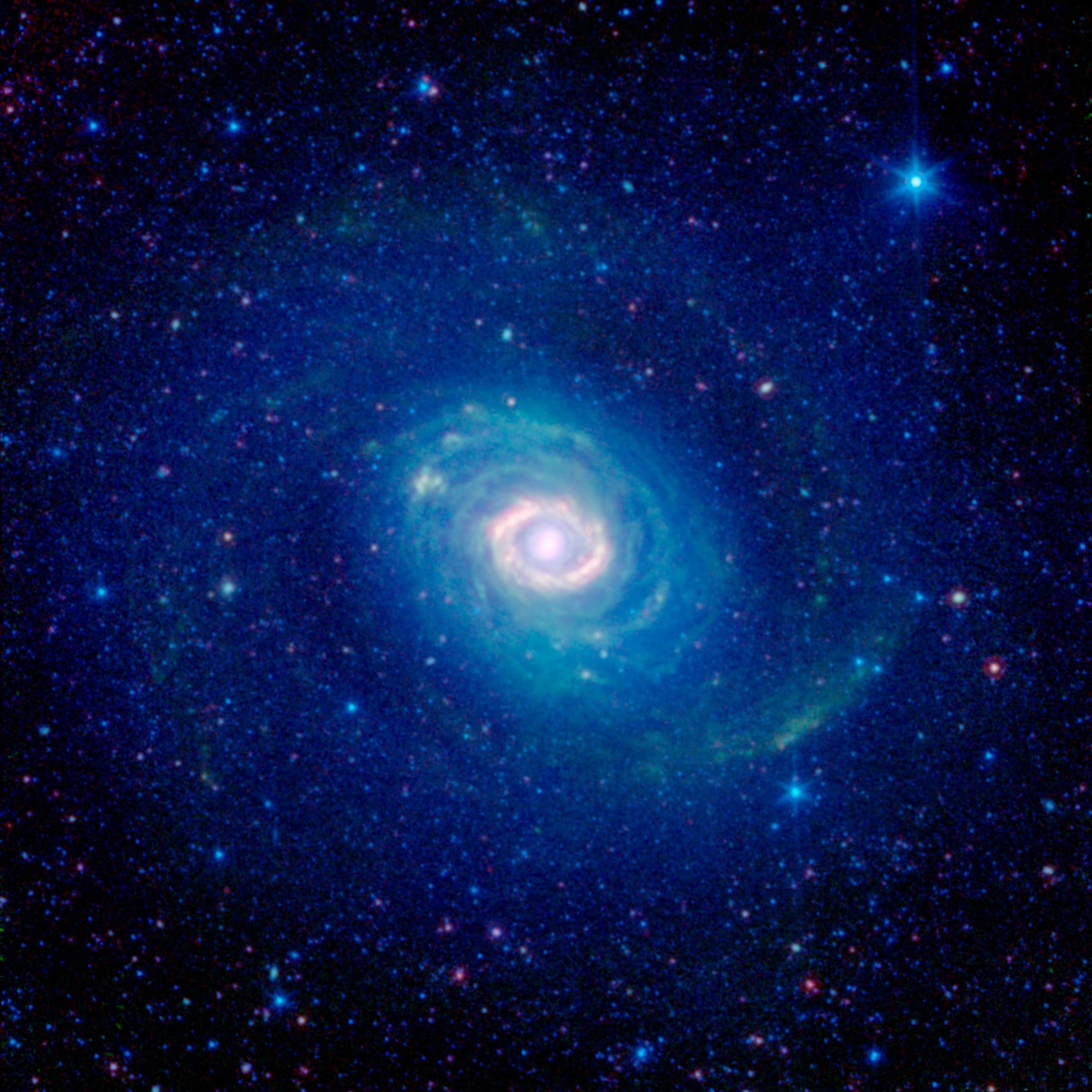
How many rings do you see in this new image of galaxy Messier 94, also known as NGC 4736? At first glance one might see a number of them, astronomers believe there is just one. This image was captured in infrared light by NASA’s Spitzer Space Telescope.
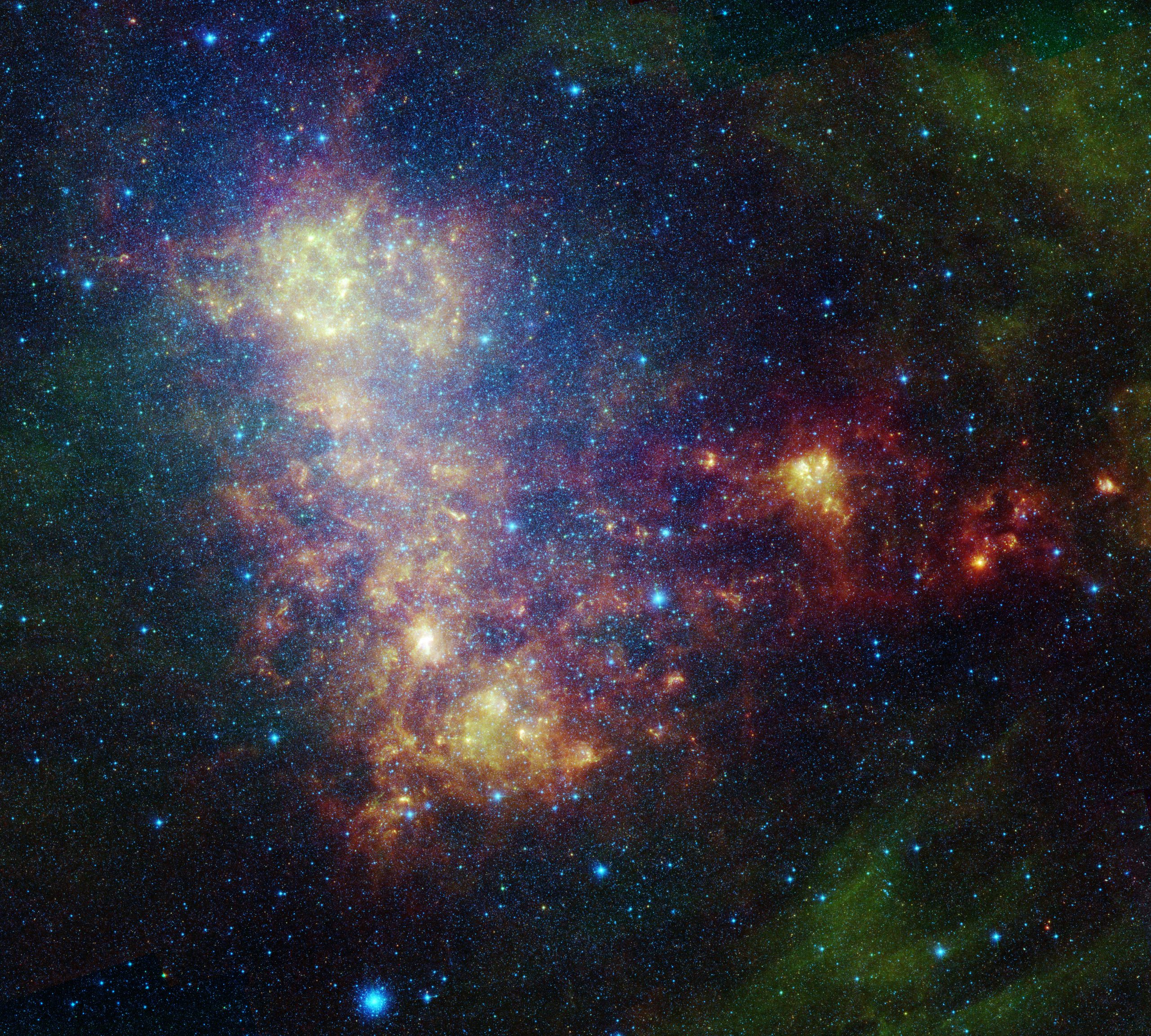
This infrared portrait of the Small Magellanic Cloud, taken by NASA’s Spitzer Space Telescope, reveals the stars and dust in this galaxy as never seen before. This nearby satellite galaxy to our Milky Way galaxy is some 200,000 light-years away.
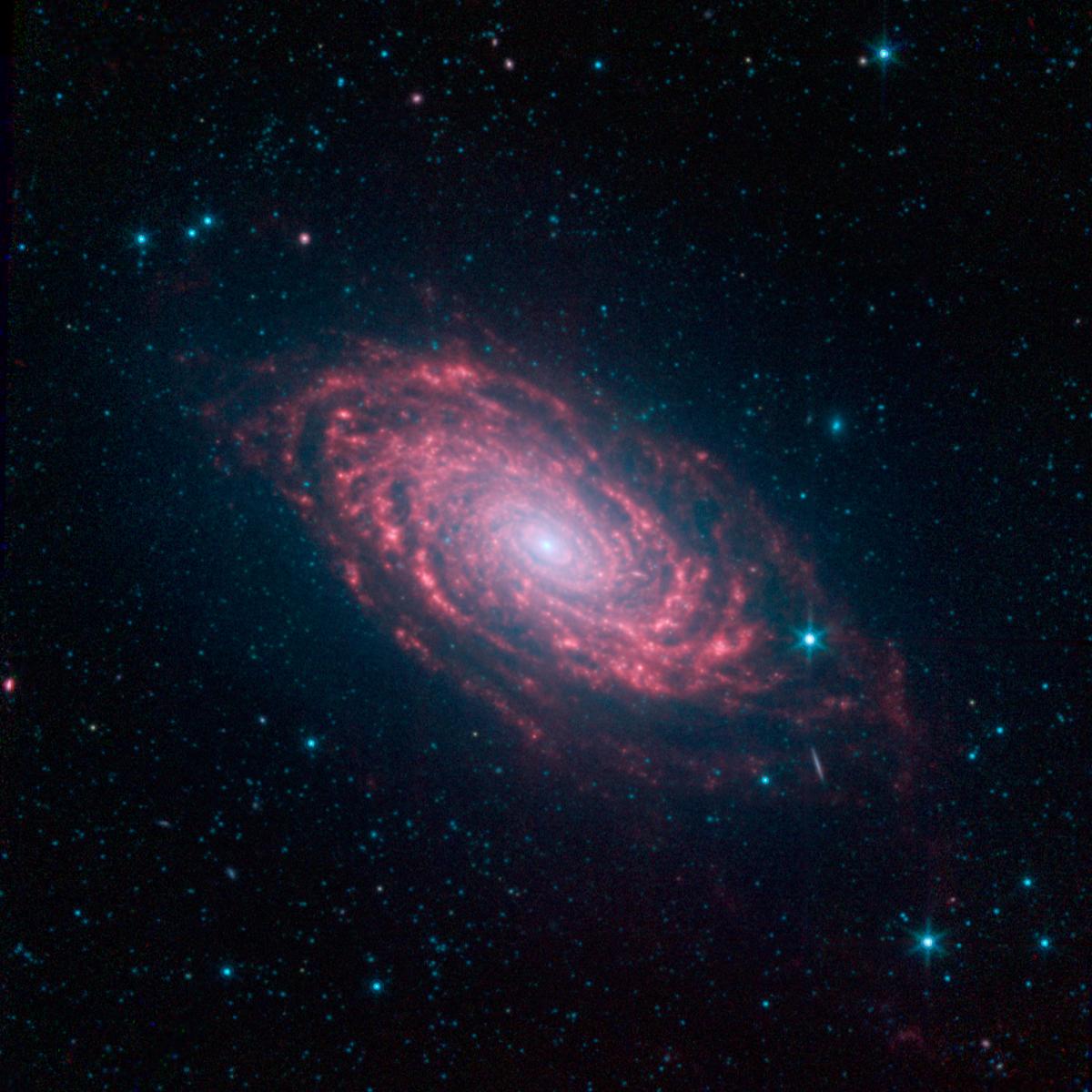
This view of the Sunflower galaxy highlights a variety of infrared wavelengths captured by NASA’s Spitzer Space Telescope.
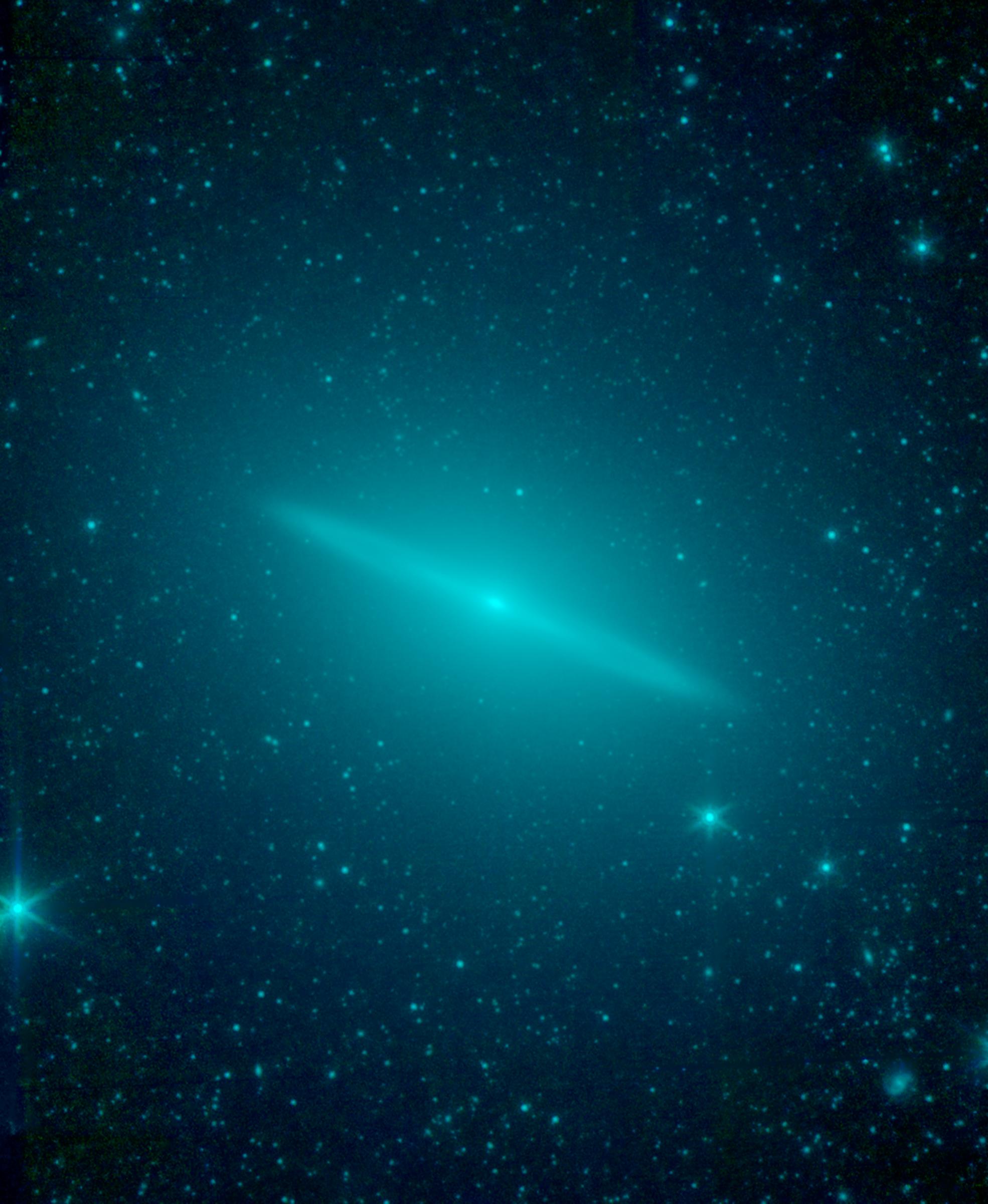
New observations from NASA’s Spitzer Space Telescope reveal the Sombrero galaxy is not simply a regular flat disk galaxy of stars as previously believed, but a more round elliptical galaxy with a flat disk tucked inside.
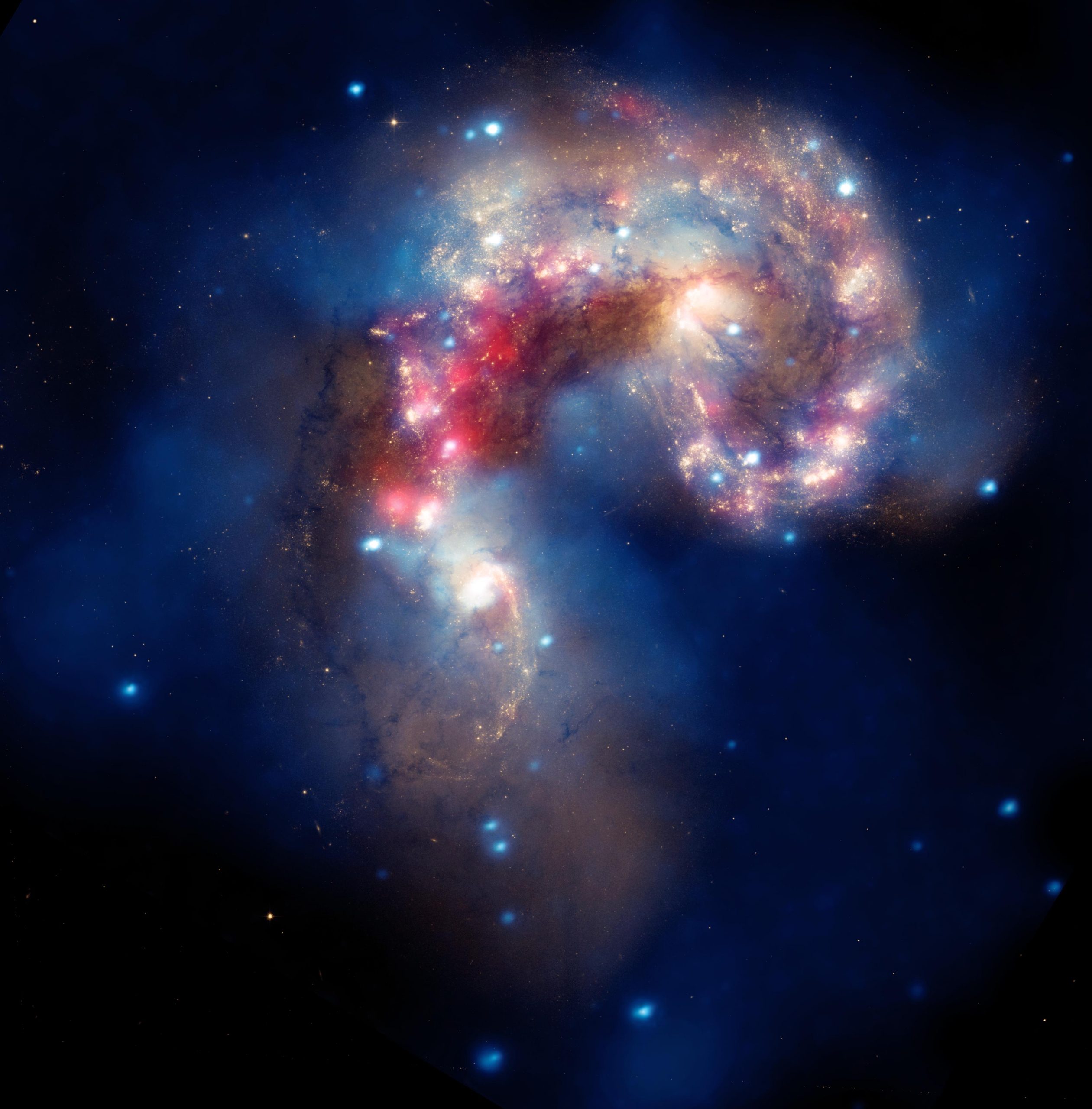
This image of two tangled galaxies has been released by NASA’s Great Observatories. The Antennae galaxies are shown in this composite image from the Chandra X-ray Observatory, the Hubble Space Telescope, and the Spitzer Space Telescope.
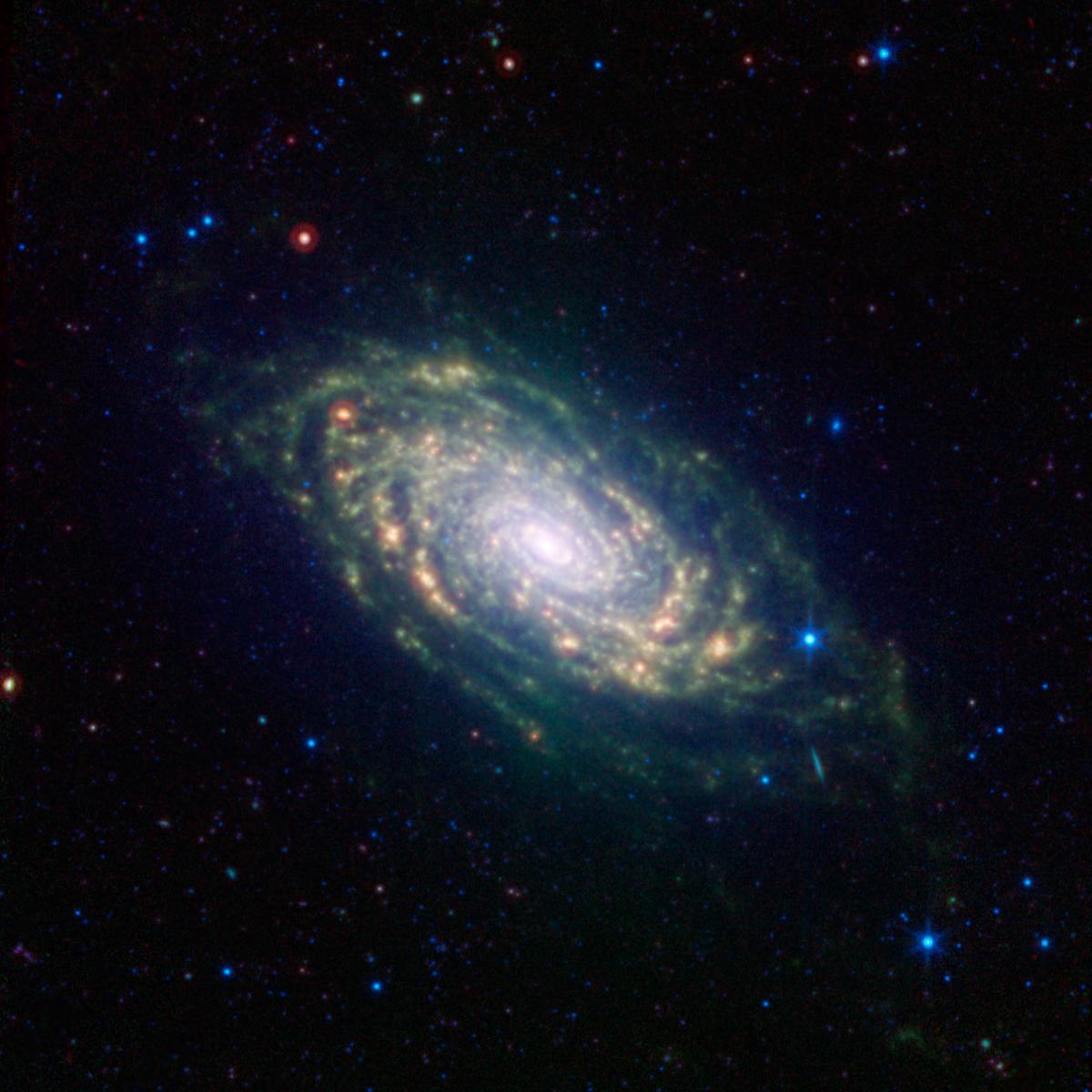
This image from NASA’s Spitzer Space Telescope shows infrared light from the Sunflower galaxy, otherwise known as Messier 63. Spitzer’s view highlights the galaxy’s dusty spiral arms.
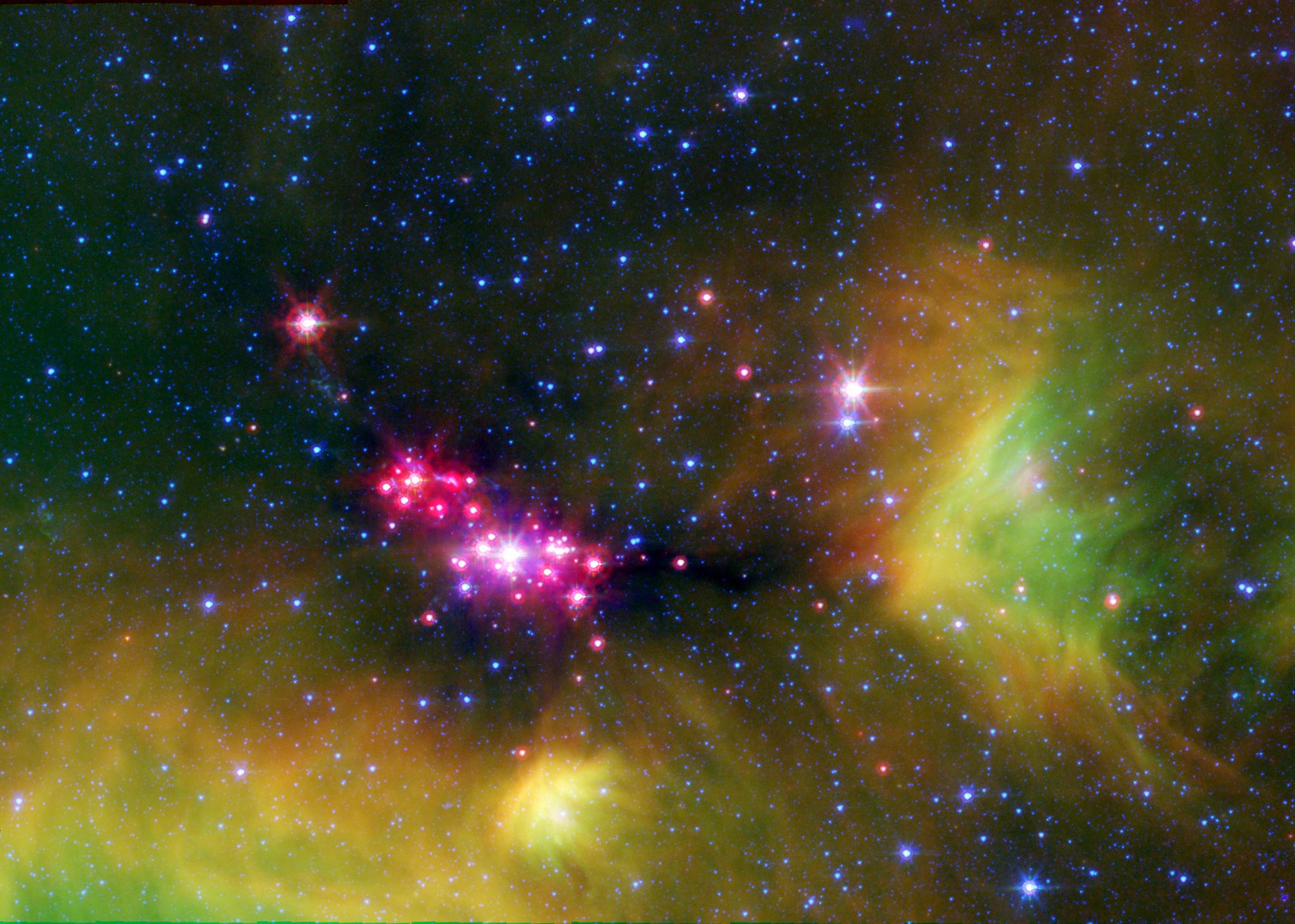
Infant stars are glowing gloriously in this image of the Serpens star-forming region, captured by NASA’s Spitzer Space Telescope.
The reddish-pink dots are baby stars deeply embedded in the cosmic cloud of gas and dust that collapsed to create it.
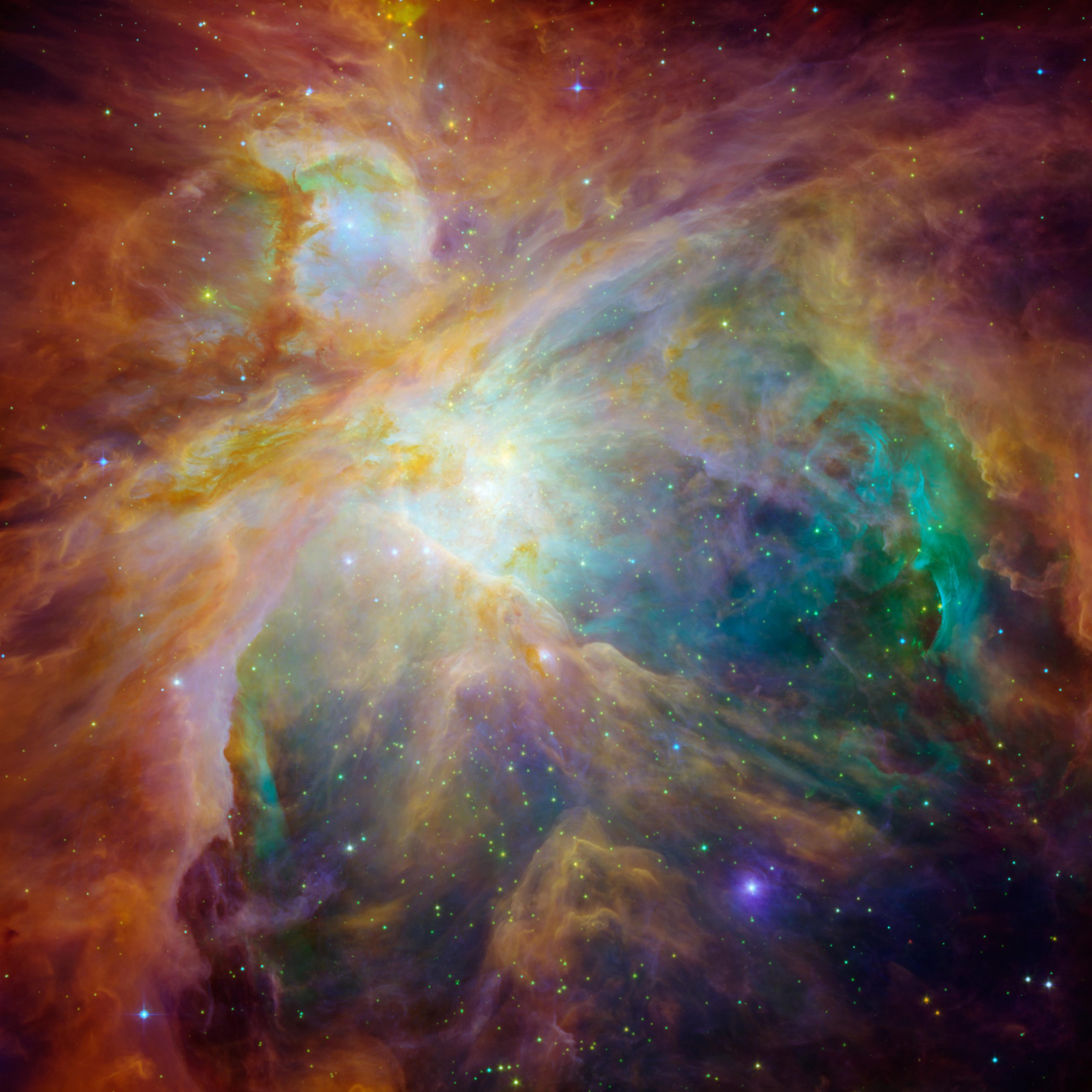
NASA’s Spitzer and Hubble Space Telescopes have teamed up to expose the chaos that baby stars are creating 1,500 light-years away in a cosmic cloud called the Orion nebula.
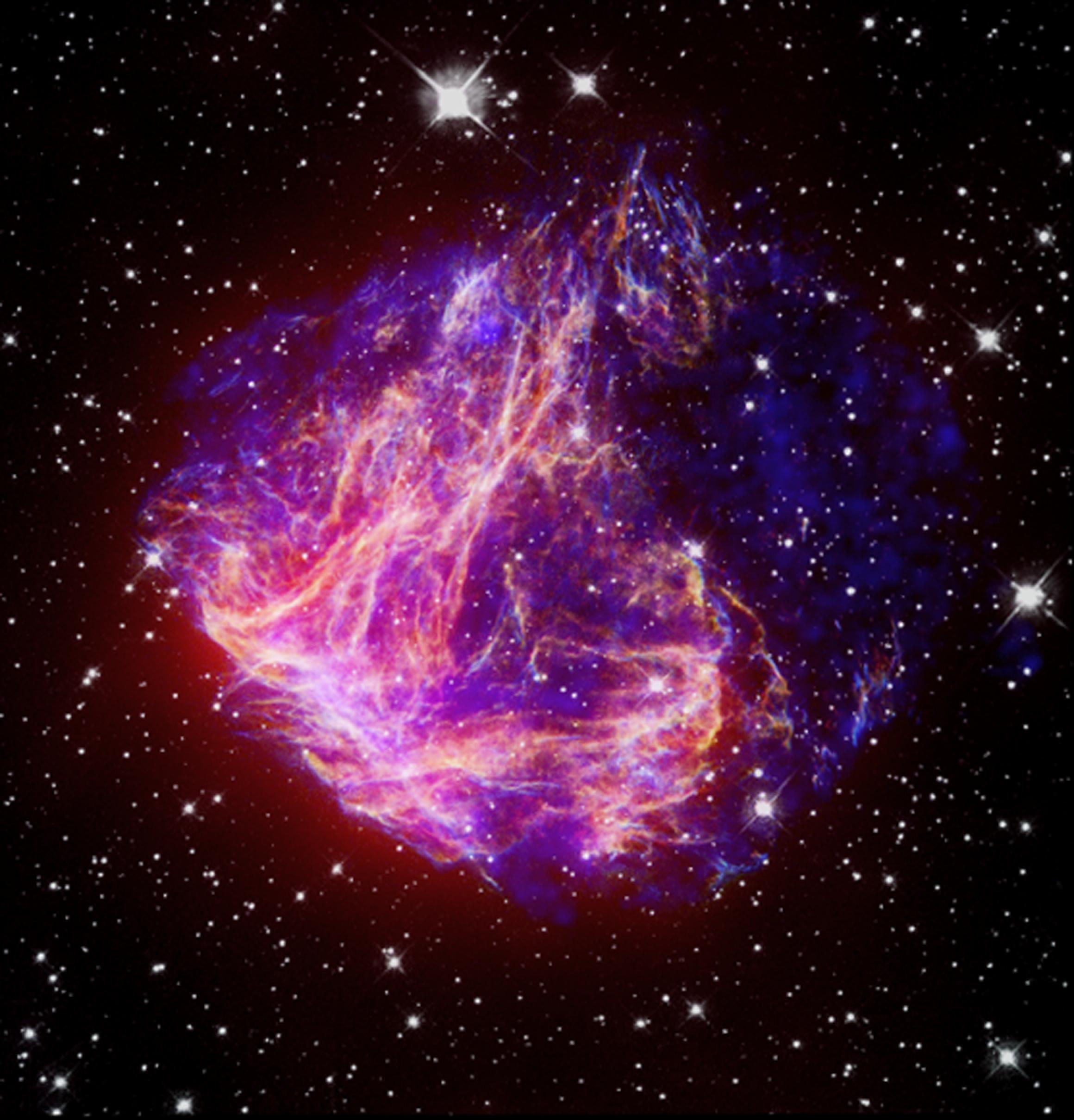
This is a composite image of N49, the brightest supernova remnant in optical light in the Large Magellanic Cloud; the image combines data from the Chandra X-ray Telescope (blue) and NASA’s Spitzer Space Telescope (red).
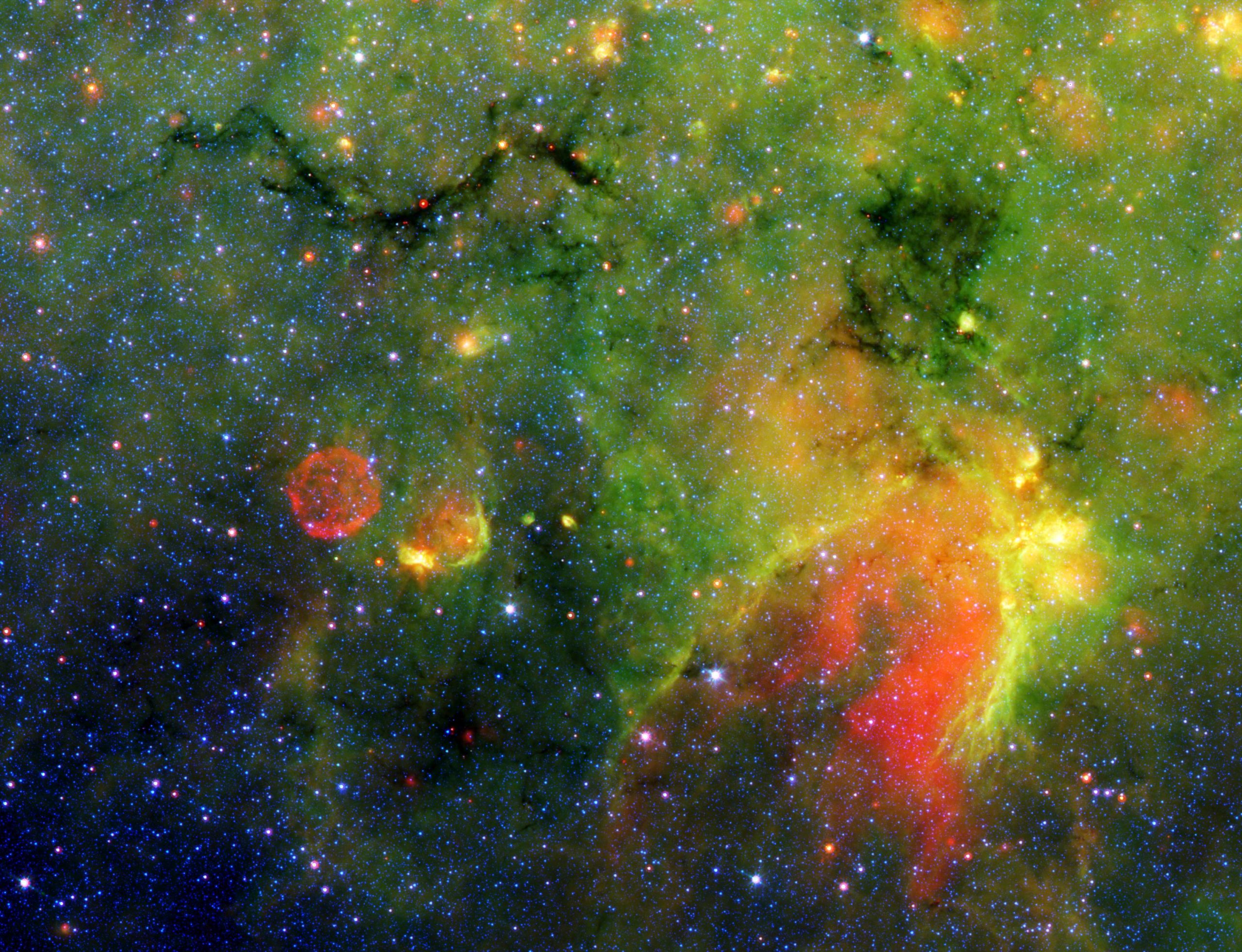
This infrared image from NASA’s Spitzer Space Telescope shows what astronomers are referring to as a ‘snake’ (upper left) and its surrounding stormy environment.
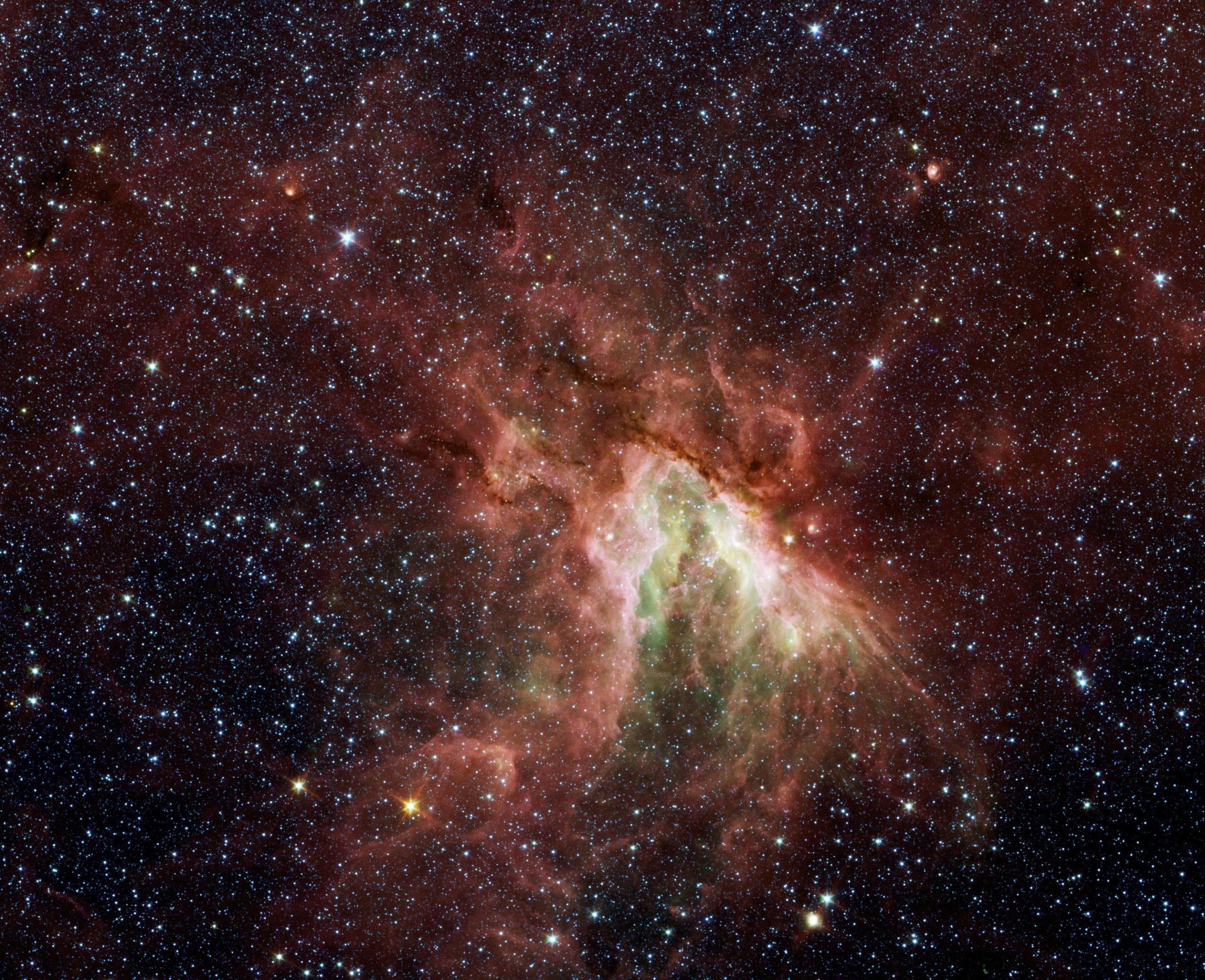
NASA’s Spitzer Space Telescope has captured a new, infrared view of the choppy star-making cloud called M17, also known as Omega Nebula or the Swan nebula.
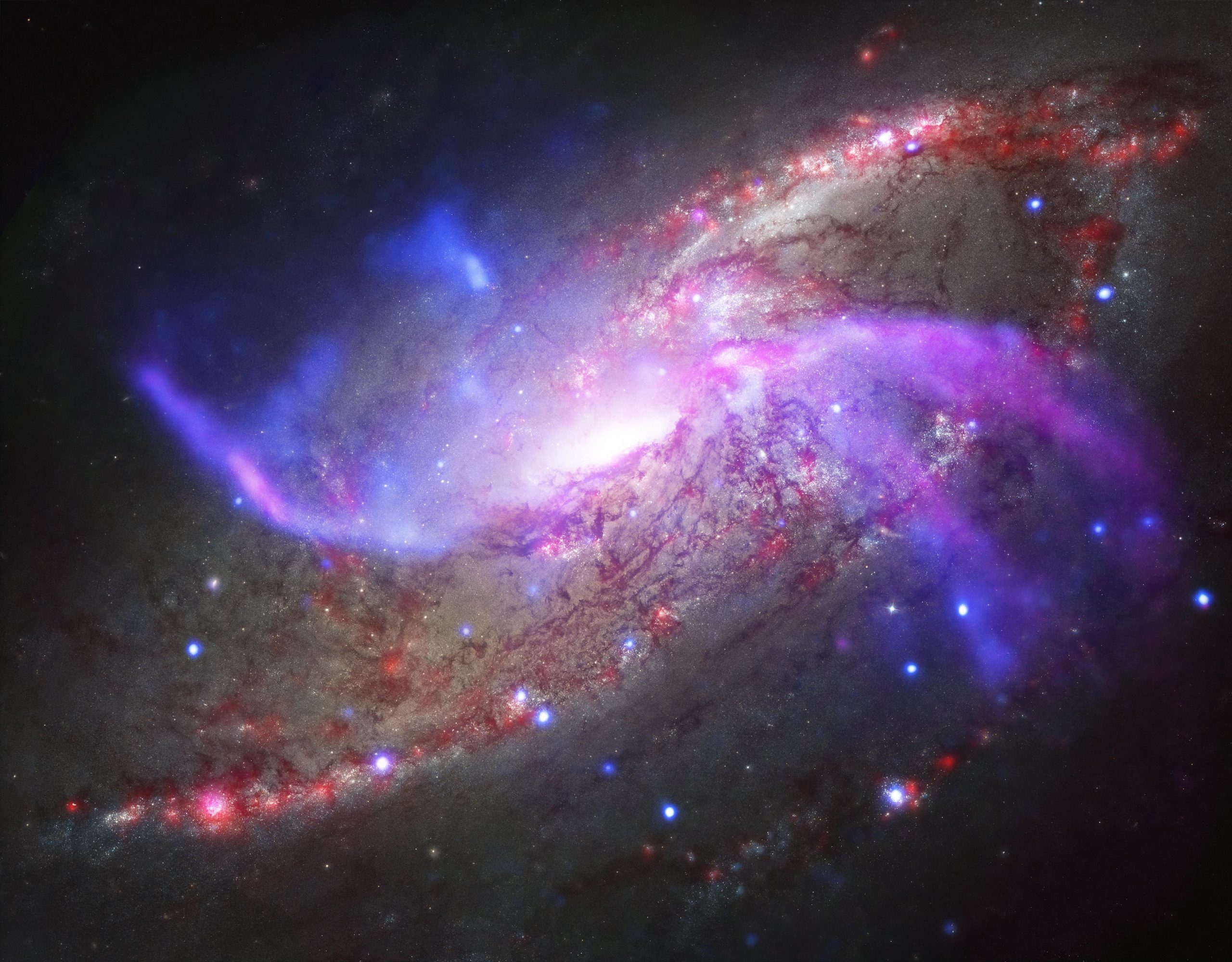
Anomalous arms are seen in this composite image of NGC 4258 from NASA’s Chandra X-ray Observator, NSF’s Karl Jansky Very Large Array, NASA’s Hubble Space Telescope and Spitzer Space Telescope.
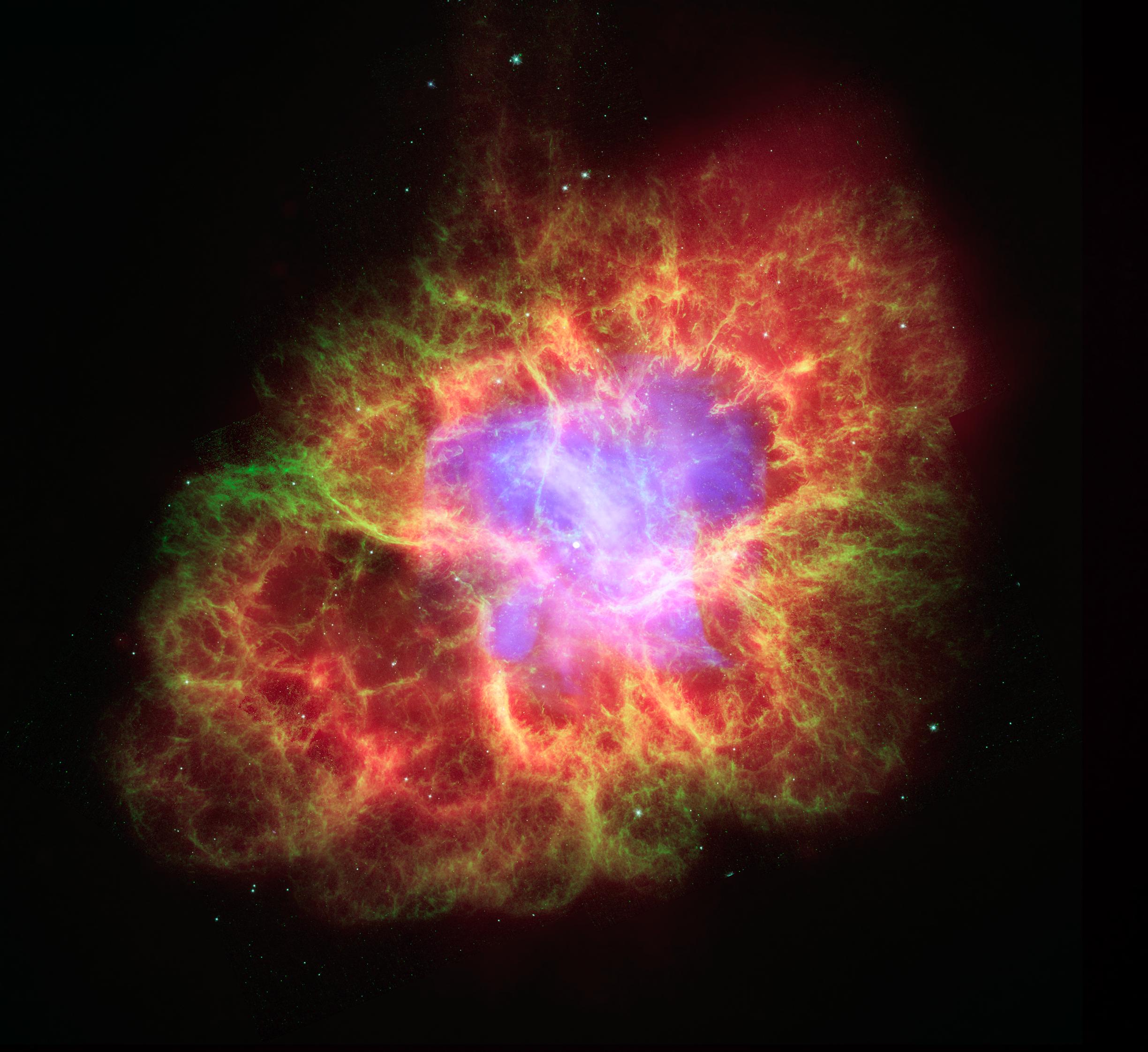
A star’s spectacular death in the constellation Taurus was observed on Earth as the supernova of 1054 A.D. This composite image uses data from three of NASA’s Great Observatories. The Chandra X-ray, Hubble Space, and Spitzer Space Telescope.
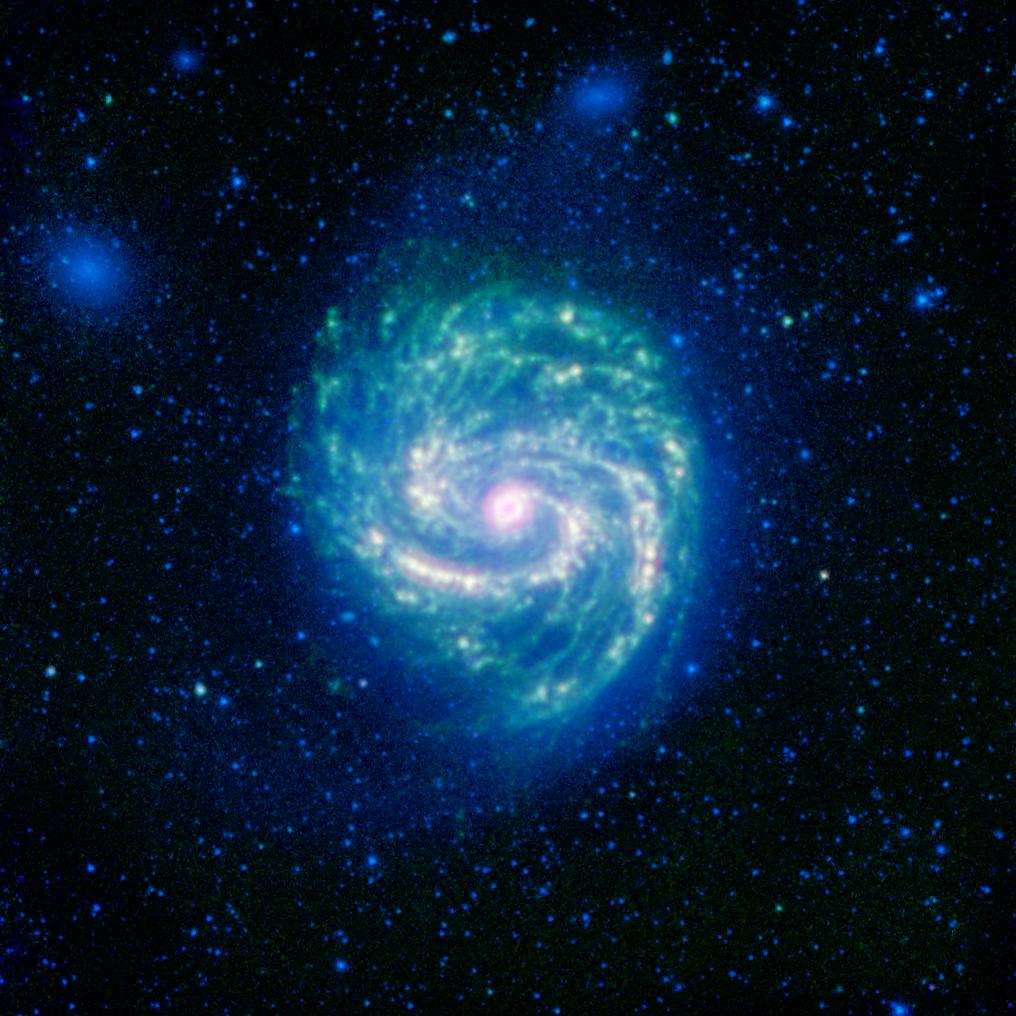
The galaxy Messier 100, or M100, shows its swirling spiral in this infrared image from NASA’s Spitzer Space Telescope. The arcing spiral arms of dust and gas that harbor star forming regions glow vividly when seen in the infrared.
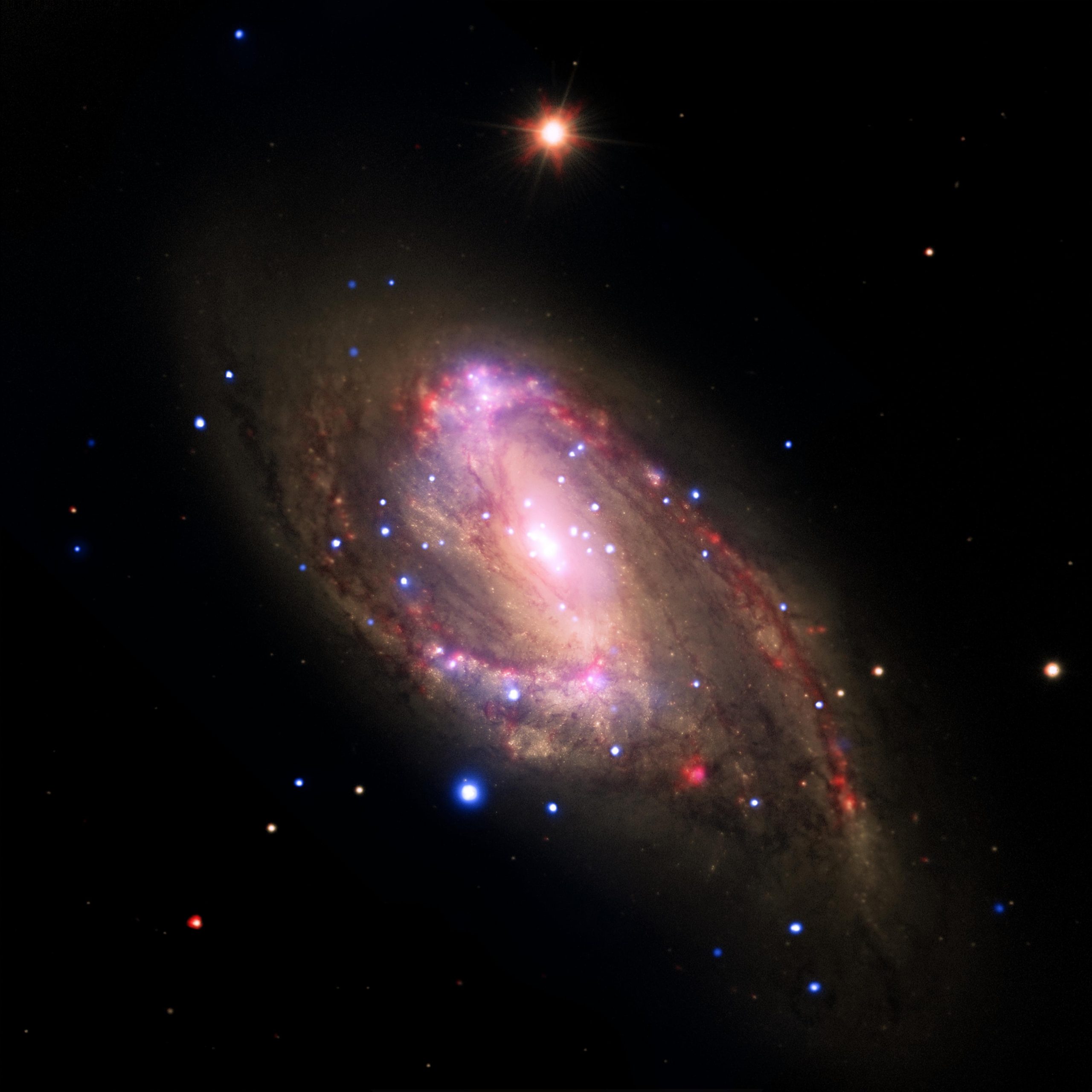
The spiral galaxy NGC 3627, located about 30 million light years from Earth as seen by four NASA telescopes; inset shows the central region, which contains a bright X-ray source that is likely powered by material falling onto a supermassive black hole.
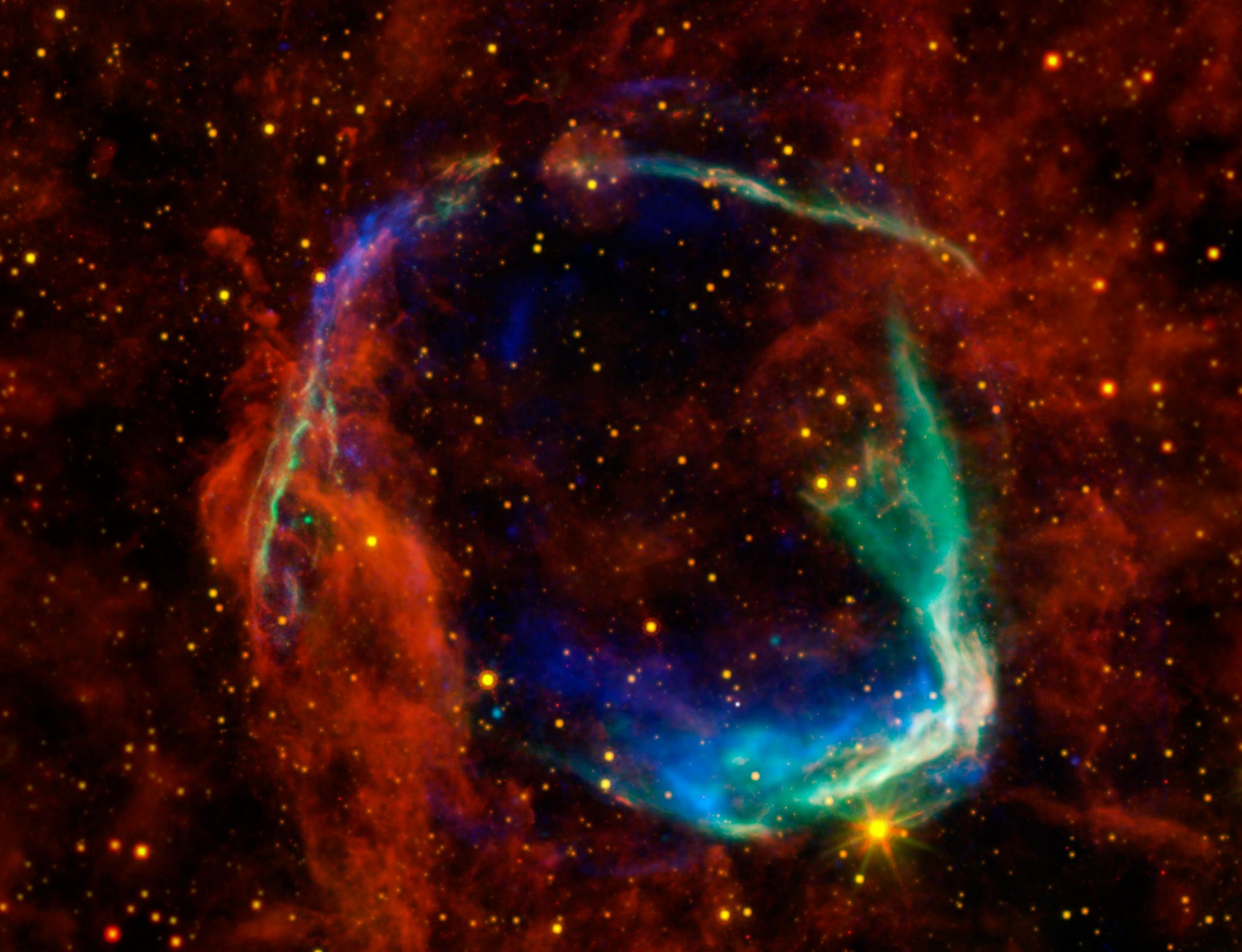
This image combines data from four different space telescopes to create a multi-wavelength view of all that remains of the oldest documented example of a supernova, called RCW 86.
All images by NASA.